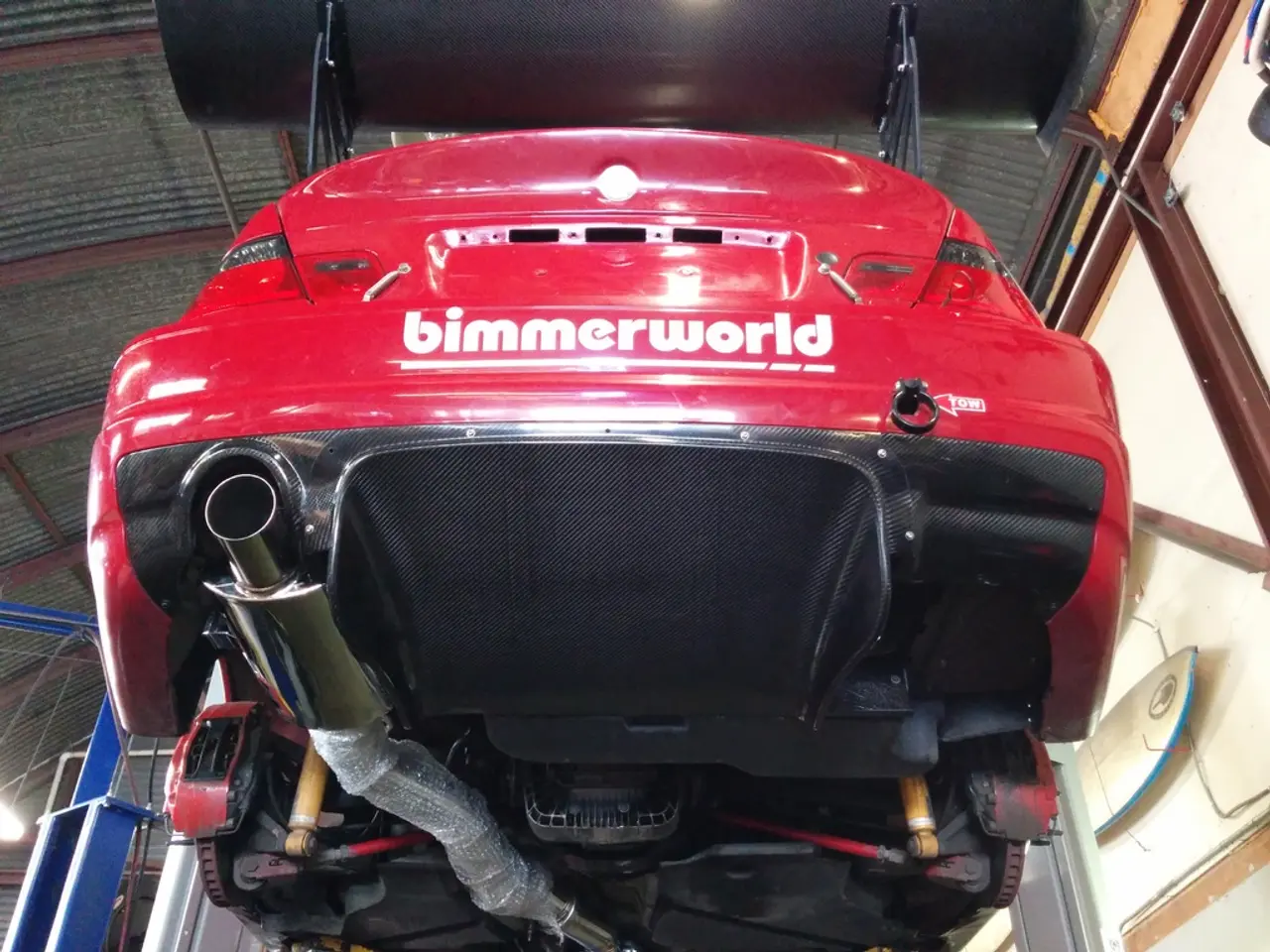Short-Range Radar Applications in Automotive and Industry Prioritize Low-Power Phase-Locked Loops
In the rapidly evolving world of automotive and industrial technology, a crucial component is taking centre stage - the charge-pump phase-locked loop (PLL). This innovative technology is playing a pivotal role in generating high-quality frequency-modulated continuous wave (FMCW) signals for millimeter-wave (mmWave) radars used in short-range applications.
The charge-pump PLL is instrumental in controlling the frequency of the voltage-controlled oscillator (VCO) that generates the FMCW waveform. By ensuring the output frequency sweeps linearly and consistently over the desired bandwidth, it enables accurate distance and velocity measurements by the radar system. Its closed-loop structure actively corrects frequency errors and minimises phase noise, significantly improving radar resolution and reducing measurement errors in dense or cluttered environments.
Performance parameters of charge-pump PLLs in these mmWave radars typically include low phase noise, wide tuning range, fast settling time and tracking, temperature compensation, and low power consumption. These features are vital for enhancing signal purity, improving detection accuracy, and ensuring efficiency in automotive and industrial systems.
For instance, Infineon’s 24 GHz radar sensors designed for IoT and automotive FMCW radars incorporate fully integrated low phase noise VCOs with built-in temperature compensation circuits, likely utilising charge-pump PLL architectures to stabilise and control frequency generation accurately and efficiently.
At the recent International Solid-State Circuits Conference (ISSCC 2023) in San Francisco, imec presented a digitally calibrated charge-pump PLL that can generate high-quality FMCW signals for mmWave radars at low power consumption. This PLL operates in duty-cycled mode, synthesising N chirps in one burst before powering down, providing significant power savings.
The PLL's performance is impressive, with the rms-FM-error of the first chirp remaining below 41 kHz even after power-down mode. It enables extremely fast startup and minimal reset time between chirps, making it suitable for applications requiring rapid response times. Moreover, it opens doors to robotics radar applications and radar sensors mounted on small moving objects or vehicles such as drones.
In FMCW radar, a sinusoidal wave whose frequency increases linearly in time, known as a "chirp," is emitted. Unlike classical pulsed radar systems, FMCW radar continuously transmits an electromagnetic signal. The PLL-generated chirp signals are central to the operation of FMCW radar, as they allow for the measurement of the frequency difference between the transmitted and received echo signal for calculating distance and the Doppler frequency to calculate the speed of the object.
The quality of the radar signal depends largely on the performance of the phase-locked loop (PLL) used to generate the chirp signal. With advancements in technology like imec's digitally calibrated charge-pump PLL, the future of short-range radar applications in automotive and industrial sectors looks promising, offering improved resolution, range accuracy, and reliability.
- The advancements in data-and-cloud-computing technologies have enabled the design and development of digitally calibrated charge-pump PLLs like the one demonstrated by imec, improving the performance and reducing power consumption of FMCW radars in short-range applications.
- In the field of automotive and industrial technology, the use of technology such as the charge-pump PLL is integral to the generation of high-quality frequency-modulated continuous wave (FMCW) signals for millimeter-wave (mmWave) radars, thereby enhancing radar resolution, range accuracy, and reliability.




